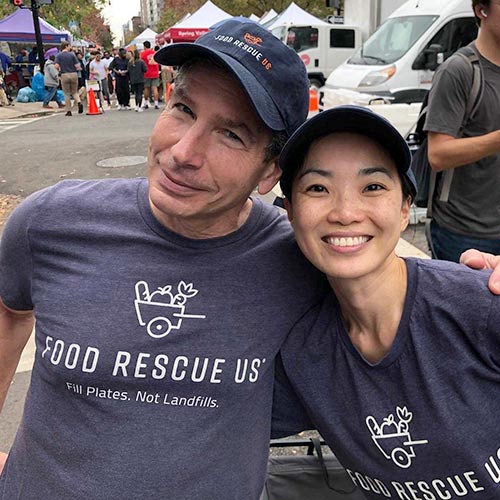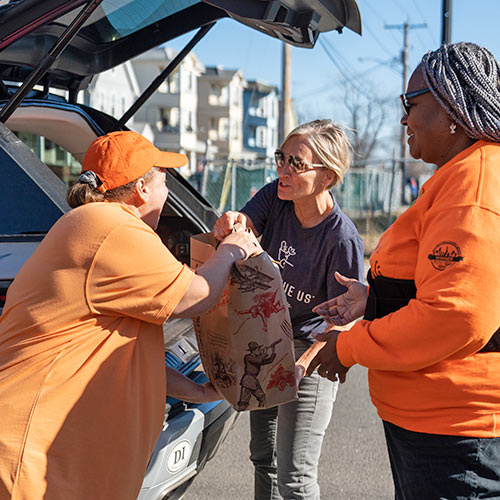Hunger In The United States Is Real
THIS IS UNACCEPTABLE.
What Is Food Insecurity?
According to the USDA’s Economic Research Service,
44.2 million
Americans lived in food-insecure households in 2022.
Food insecurity means you lack reliable access to a sufficient quantity of affordable, nutritious food.
Here are some other things to know about hunger in the U.S.
Millions of households are affected
Both adults and children affected by hunger can experience serious consequences ranging from poor productivity in their daily life to being at greater risk of physical and mental illnesses, including hypertension and diabetes.

According to the USDA, 12.8 percent (17 million) of U.S. households were food insecure at some point throughout 2022.
On average, 12.8% of all households were food insecure in 2022. However, 22.4% of Black households were food insecure, and 20.8% of Hispanic households were food insecure.

Households with children are more susceptible to food insecurity. 17.3% of households with children were food insecure, compared to the 12.8% national average.
Sources:
U.S. Department of Agriculture Key Statistics & Graphics, U.S. Department of Agriculture Charts and Highlights



